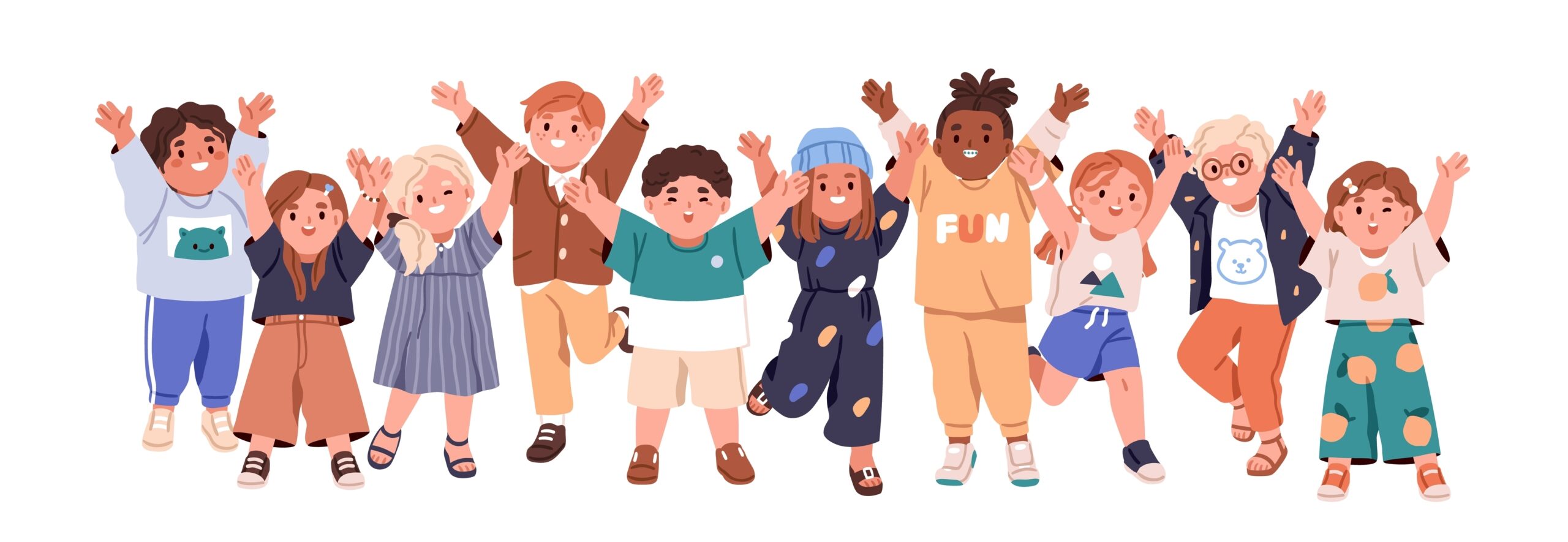Neurological Balance and Medical Disorders
- Seizure Disorders in Children: Symptoms, Diagnosis, and Therapy
- Tourette Syndrome in Children: Symptoms, Diagnosis & Therapy Options
- Substance Use Disorders in Youth: Effects, Signs & Therapy Support
- Cerebral Palsy in Children: Symptoms, Types & Therapy Support
- Pediatric TBI & Concussions: Symptoms, Recovery & Therapy Support
- Pediatric Migraines: Symptoms, Triggers & Therapy Support
- Ehlers-Danlos Syndrome in Children: Symptoms, Types & Therapy Support
- BPPV: Causes, Symptoms & Treatment with Physical Therapy
- Vestibular Disorders: Symptoms, Causes & Therapy Support for All Ages
- Parkinson’s Disease: Symptoms, Treatment & Therapy Support
- Post-Stroke Rehab & CVA Recovery: Find Therapists for Stroke Rehabilitation
- Ataxia: Causes, Symptoms & Rehab Therapies
- Peripheral Neuropathy: Causes, Symptoms & Rehab
- Delayed Motor Milestones in Children | Early Signs, Causes & Therapy
- Hypotonia (Low Muscle Tone) in Children: Symptoms, Causes & Therapy
- Spina Bifida in Children: Types, Symptoms & Therapy Options
- Tic Disorders in Children: Symptoms, Types & Therapy Support
- Down Syndrome
Down Syndrome

Authored by: The DrSensory Editorial Team
Reviewed by: 🛡️ DrSensory Clinical Review Board – Doctor of Therapy Rehab Division
Last updated: June 2025
- Diagnosing Down Syndrome
- Associated Health Conditions
- Treatment and Support
- Life Expectancy and Outlook
- Early Signs of Down Syndrome in Infants
- Down Syndrome and Autism: Can They Co-Occur?
- Down Syndrome Milestone Chart by Age
- Speech and Language Delays in Down Syndrome
- Behavioral Challenges and Management Strategies
- Sleep Disorders in Children with Down Syndrome
- Educational Rights & IEPs for Children with Down Syndrome
- Diet and Nutrition for Individuals with Down Syndrome
- Occupational Therapy Activities for Down Syndrome
- Technology & Apps That Help Children with Down Syndrome
- Down Syndrome: Frequently Asked Questions (FAQs)
Comprehensive Guide to Down Syndrome
This guide is designed to provide a thorough understanding of Down syndrome, covering its causes, symptoms, diagnosis, treatment options, and the importance of early intervention. Whether you’re a healthcare professional, educator, or family member, this resource aims to equip you with the knowledge to support individuals with Down syndrome effectively.
What Is Down Syndrome?
Down syndrome is a genetic condition caused by an extra copy of chromosome 21, leading to developmental and physical challenges. This additional genetic material disrupts the normal course of development, resulting in the characteristic features and health concerns associated with the condition. While the severity of symptoms can vary among individuals, early intervention and supportive care can significantly enhance quality of life.
Types of Down Syndrome
There are three primary types of Down syndrome, each differing in the chromosomal anomaly involved:
Trisomy 21
The most common form, accounting for about 95% of cases, where each cell has three separate copies of chromosome 21.
Translocation Down Syndrome
Occurs in approximately 3% of individuals, where an extra part or a whole extra chromosome 21 is attached to a different chromosome.
Mosaic Down Syndrome
A rare form, affecting about 2% of individuals, characterized by some cells having three copies of chromosome 21 and others having the typical two.
Causes and Risk Factors
Down syndrome typically arises from a random error during cell division, leading to the presence of an extra chromosome 21. While the exact cause is unknown, certain factors can increase the likelihood of having a child with Down syndrome:
Maternal Age
Women aged 35 and older have a higher risk, though the majority of children with Down syndrome are born to mothers under 35 due to higher birth rates in this group.
Parental Translocation
In about 3% of cases, one parent may carry a rearranged chromosome 21, increasing the risk of having a child with Down syndrome.
It’s important to note that Down syndrome is not typically inherited and occurs by chance during the formation of reproductive cells.
Recognizing Symptoms
Individuals with Down syndrome may exhibit a range of physical and developmental characteristics:
Physical Features
- Flattened face, especially the bridge of the nose
- Almond-shaped eyes that slant upward
- Short neck and small ears
- Tongue that tends to stick out of the mouth
- Single line across the palm of the hand (palmar crease)
- Small pinky fingers that may curve toward the thumb
- Poor muscle tone (hypotonia) and loose joints
- Shorter-than-average height
Developmental and Cognitive Traits
- Mild to moderate intellectual disability
- Delayed speech and language development
- Challenges with motor coordination
- Strengths in social interactions and visual learning
- Possible behavioral issues such as stubbornness or temper tantrums
It’s essential to remember that each individual with Down syndrome is unique, and the presence and severity of these traits can vary widely.
Diagnosing Down Syndrome
Diagnosis can occur during pregnancy or after birth:
Prenatal Screening Tests
Assess the likelihood of Down syndrome but do not provide a definitive diagnosis.
Diagnostic Tests
Include procedures like amniocentesis or chorionic villus sampling (CVS) to confirm the presence of an extra chromosome 21.
Postnatal Diagnosis
At birth, a healthcare provider may suspect Down syndrome based on physical characteristics. A blood test called a karyotype can confirm the diagnosis by analyzing the baby’s chromosomes.
Associated Health Conditions
Individuals with Down syndrome may be at an increased risk for various health issues:
Congenital Heart Defects
Approximately half of individuals with Down syndrome are born with heart problems, including atrial septal defect, ventricular septal defect, and endocardial cushion defects.
Hearing and Vision Impairments
Regular screenings are essential as individuals with Down syndrome are more prone to hearing loss and eye conditions.
Thyroid Disorders
An underactive thyroid (hypothyroidism) is more common, affecting about 15% of individuals.
Gastrointestinal Issues
Conditions like gastroesophageal reflux disease (GERD) and celiac disease are more prevalent.
Obstructive Sleep Apnea
Due to physical airway differences, sleep apnea is common.
Leukemia
A small percentage of individuals with Down syndrome may develop leukemia.
Alzheimer’s Disease
Adults with Down syndrome have an increased risk of developing Alzheimer’s disease, often at an earlier age than the general population.
Treatment and Support
While there is no cure for Down syndrome, various interventions can enhance quality of life:
Early Intervention Programs
Services such as physical, occupational, and speech therapy can help children develop essential skills.
Educational Support
Individualized education plans (IEPs) and inclusive classrooms can facilitate learning.
Medical Care
Regular check-ups with specialists to monitor and address health concerns.
Social and Emotional Support
Encouraging social interactions and providing emotional support are crucial for development.
With appropriate support, individuals with Down syndrome can lead fulfilling lives, pursue education, engage in meaningful work, and contribute to their communities.
Life Expectancy and Outlook
Advancements in healthcare have significantly improved the life expectancy of individuals with Down syndrome, with many living into their 60s and beyond. The outlook continues to improve as early interventions, medical care, and societal inclusion efforts advance.
Early Signs of Down Syndrome in Infants
Down syndrome can be identified at birth or, in some cases, suspected earlier based on physical and developmental signs. Early recognition allows for prompt medical care and early intervention services.
Common Physical Indicators
- Flat facial profile
- Small head and ears
- Almond-shaped eyes with upward slant
- Short neck with excess skin at the nape
- Poor muscle tone (hypotonia)
- Shorter limbs and stature
- Single deep crease across the palm
- Large tongue that may protrude
Developmental Delays
- Slow to achieve motor milestones (e.g., rolling, sitting, crawling)
- Weak suck reflex, feeding issues
- Less responsive facial expressions or social smiling
- Delayed babbling and cooing
Diagnostic Confirmation
While physical signs may raise suspicions, a karyotype blood test confirms the diagnosis by identifying the extra chromosome 21. Early identification leads to better developmental outcomes.
Down Syndrome and Autism: Can They Co-Occur?
Though rare, some individuals with Down syndrome may also be diagnosed with autism spectrum disorder (ASD). This dual diagnosis presents unique behavioral and developmental challenges.
Key Differences
| Trait | Down Syndrome | Autism Spectrum Disorder |
|---|---|---|
| Eye contact | Typically strong | Often reduced |
| Social interest | Often very engaging | May be socially withdrawn |
| Language delay | Present in both | Often more profound in ASD |
| Repetitive behaviors | Less common | Common in ASD |
When to Seek Evaluation
- Extreme sensitivity to sound or touch
- Severe communication difficulties beyond typical Down syndrome delays
- Lack of interest in social interaction
- Repetitive movements (e.g., hand-flapping, rocking)
Diagnosis and Treatment
Diagnosis is typically made through a developmental pediatrician or psychologist using tools like ADOS (Autism Diagnostic Observation Schedule). Treatment often includes:
- ABA (Applied Behavior Analysis)
- Speech therapy
- Sensory integration therapy
Down Syndrome Milestone Chart by Age
Children with Down syndrome generally reach milestones at a slower pace but in the same order as typical children. Use this chart as a guideline—not a rigid timeline.
Milestone Guide
| Age | Milestone Category | Expected Timeline (with DS) |
|---|---|---|
| 0-3 mo | Lifting head | 6-10 weeks |
| 4-6 mo | Rolling over | 5-7 months |
| 6-10 mo | Sitting unassisted | 9-12 months |
| 12-18 mo | Crawling | 12-18 months |
| 18-24 mo | Walking independently | 18-30 months |
| 2-3 yrs | First words | 2-3 years |
| 3-5 years | Simple sentences | 3-5 years |
Why Milestones Matter
Tracking milestones helps identify areas where therapies like PT, OT, or speech may be needed. Pediatricians should be involved in tracking progress through regular developmental screenings.
Speech and Language Delays in Down Syndrome
Speech and language delays are common in individuals with Down syndrome, but early and targeted interventions can dramatically improve communication skills.
Causes of Delay
- Low muscle tone affecting oral-motor control
- Hearing loss or recurrent ear infections
- Cognitive delays
- Delayed auditory processing
Speech Development Stages
- Babbling: Often delayed or reduced in frequency
- First Words: Typically around 2–3 years
- Sentences: Begin to form between 3–6 years
Therapies and Strategies
- Speech-language therapy (SLT) from infancy
- Use of sign language or augmentative communication devices (AAC)
- Incorporating visual schedules, picture cards, and apps like Proloquo2Go
- Repetitive, interactive storytelling and singing
Behavioral Challenges and Management Strategies
Behavioral issues in Down syndrome are often linked to communication difficulties, frustration, or sensory overload. Understanding triggers is key to managing behavior effectively.
Common Challenges
- Stubbornness or resistance to change
- Short attention span
- Tantrums or emotional outbursts
- Sleep disturbances
- Wandering or bolting (elopement)
- Sensory-seeking behaviors
Behavior Management Tips
- Use clear, consistent routines and visual aids
- Offer structured choices (“Do you want the red or blue cup?”)
- Praise good behavior more than punishing bad behavior
- Work with behavioral therapists if needed (ABA, CBT)
- Monitor for co-existing conditions like ADHD or anxiety
When to Seek Help
If behavior interferes with learning, relationships, or daily life, consult a developmental pediatrician or child psychologist.
Sleep Disorders in Children with Down Syndrome
Sleep issues affect up to 75% of children with Down syndrome, significantly impacting behavior, learning, and mood. Early identification and treatment are vital.
Common Sleep Problems
- Obstructive Sleep Apnea (OSA): Due to narrow airways, enlarged tonsils/adenoids, and low muscle tone.
- Restless sleep or frequent awakenings
- Night terrors or anxiety
- Difficulty falling or staying asleep
Signs to Watch
- Loud snoring or gasping during sleep
- Daytime sleepiness or irritability
- Hyperactivity or inattention (often mistaken for ADHD)
- Bedwetting beyond expected age
Treatment Options
- Sleep study (polysomnography) to diagnose OSA
- CPAP machine or surgical intervention (e.g., tonsillectomy)
- Bedtime routines, white noise machines, weighted blankets
- Melatonin supplementation (consult a doctor)
Educational Rights & IEPs for Children with Down Syndrome
Children with Down syndrome are entitled to a free and appropriate public education (FAPE) under U.S. federal law. This often includes an Individualized Education Program (IEP).
Key Legal Protections
- IDEA (Individuals with Disabilities Education Act)
- ADA (Americans with Disabilities Act)
- Section 504 of the Rehabilitation Act
IEP Components
- Specific learning goals based on evaluations
- Special education and therapy services (speech, OT, PT)
- Accommodations (e.g., extra time, visual supports)
- Placement decisions (inclusive classroom vs. special ed)
Parent Tips
- Bring a support advocate to IEP meetings
- Ask for measurable goals, not vague ones
- Request assistive tech if your child benefits from it
Diet and Nutrition for Individuals with Down Syndrome
People with Down syndrome are at greater risk for obesity, thyroid issues, and gastrointestinal problems, making nutrition especially important.
Common Nutritional Concerns
- Slower metabolism
- Hypothyroidism
- Constipation or GI disorders (e.g., celiac disease)
- Oral-motor issues affecting chewing/swallowing
Healthy Diet Guidelines
- High in fiber: fruits, vegetables, whole grains
- Lean protein and healthy fats
- Avoid processed and high-sugar foods
- Monitor portion sizes and encourage hydration
- Gluten-free if diagnosed with celiac disease
Supplements to Consider
- Vitamin D
- Omega-3 fatty acids (for brain health)
- Multivitamins with doctor approval
Occupational Therapy Activities for Down Syndrome
Occupational therapy (OT) helps individuals with Down syndrome develop independence in daily activities by improving fine motor, sensory, and self-care skills.
Areas OT Supports
- Dressing, feeding, hygiene routines
- Pencil grip, scissor use, writing
- Sensory processing regulation
- Attention and task planning
Top OT Activities
- Lacing cards and threading beads
- Tearing/cutting paper for crafts
- Sensory bins with rice, beans, or sand
- Buttoning, zipping, Velcro tasks
- Yoga or animal walks to build strength
Tools & Toys
- Weighted lap pads
- Fidget spinners or stress balls
- Visual schedules and PECS cards
- Fine motor tools: tweezers, putty, therapy bands
Technology & Apps That Help Children with Down Syndrome
Technology can greatly enhance learning, communication, and independence in individuals with Down syndrome. Many apps and tools are designed specifically with these goals in mind.
Top Categories
- Speech and Language: Proloquo2Go, Articulation Station, Toca Boca
- Learning and Cognition: Endless Alphabet, ABCmouse, Montessori Numbers
- Daily Living Skills: Choiceworks, iDo Hygiene, First Then Visual Schedule
- Social Skills: Model Me Going Places, Social Express
Assistive Technology Devices
- AAC devices (speech output)
- Tablets with custom apps
- Visual timers and schedule apps
- Smart home tech (Alexa, switches)
Benefits
- Boosts engagement and independence
- Reinforces school learning at home
- Supports nonverbal or minimally verbal children
Down Syndrome: Frequently Asked Questions (FAQs)
Can Down syndrome be detected during pregnancy?
Yes. Screening tests (like NIPT) can assess the likelihood, while diagnostic tests (amniocentesis, CVS) confirm the presence of Trisomy 21.
What causes Down syndrome and can it be prevented?
It’s caused by an extra copy of chromosome 21. It’s not preventable and usually occurs by chance during cell division.
What is the life expectancy of someone with Down syndrome?
With modern healthcare, the average life expectancy is 60 years or more.
Is Down syndrome hereditary or random?
Most cases are random. Only about 1–2% are inherited (Translocation Down syndrome).
What’s the difference between Trisomy 21 and Mosaic Down syndrome?
Trisomy 21 affects all cells, while Mosaic Down syndrome affects only some, often resulting in milder symptoms.
How can I help my child with Down syndrome thrive at school?
Work with your school to create an IEP, ensure inclusion, and provide therapy services.
What support is available for parents of a child with Down syndrome?
Organizations like NDSS and local Down syndrome networks provide education, events, and emotional support.
Can people with Down syndrome live independently?
Yes, many do—with support ranging from coaching to assisted living.
How common is Down syndrome worldwide?
Approximately 1 in every 700 births globally, making it the most common chromosomal condition.
What are the signs of aging in individuals with Down syndrome?
Signs may include early onset Alzheimer’s, joint problems, and memory decline—often beginning in their 40s.
This page provides general educational content and is not a substitute for professional medical advice. Always consult a licensed provider for diagnosis and treatment.
View privacy policy, copyright and trust info
More on Neurological Balance and Medical Disorders

- Seizure Disorders in Children: Symptoms, Diagnosis, and Therapy
- Tourette Syndrome in Children: Symptoms, Diagnosis & Therapy Options
- Substance Use Disorders in Youth: Effects, Signs & Therapy Support
- Cerebral Palsy in Children: Symptoms, Types & Therapy Support
- Pediatric TBI & Concussions: Symptoms, Recovery & Therapy Support
- Pediatric Migraines: Symptoms, Triggers & Therapy Support
- Ehlers-Danlos Syndrome in Children: Symptoms, Types & Therapy Support
- BPPV: Causes, Symptoms & Treatment with Physical Therapy
- Vestibular Disorders: Symptoms, Causes & Therapy Support for All Ages
- Parkinson’s Disease: Symptoms, Treatment & Therapy Support
- Post-Stroke Rehab & CVA Recovery: Find Therapists for Stroke Rehabilitation
- Ataxia: Causes, Symptoms & Rehab Therapies
- Peripheral Neuropathy: Causes, Symptoms & Rehab
- Delayed Motor Milestones in Children | Early Signs, Causes & Therapy
- Hypotonia (Low Muscle Tone) in Children: Symptoms, Causes & Therapy
- Spina Bifida in Children: Types, Symptoms & Therapy Options
- Tic Disorders in Children: Symptoms, Types & Therapy Support
- Down Syndrome
Find a Therapist near you
Are you looking for a physical, occupational, or speech therapist in your area?
Look no further than the DrSensory Therapist Database and Clinic Directory!
Find a Therapist
Find the physical therapist, occupational therapist, or speech language pathologist you’re looking for!
Ask Us Anything
Whether you are looking for advice, have a general question about sensory processing, or looking for resources.
Submit Your Story
Share your story about your child. Let’s celebrate milestones and learn more about challenges.











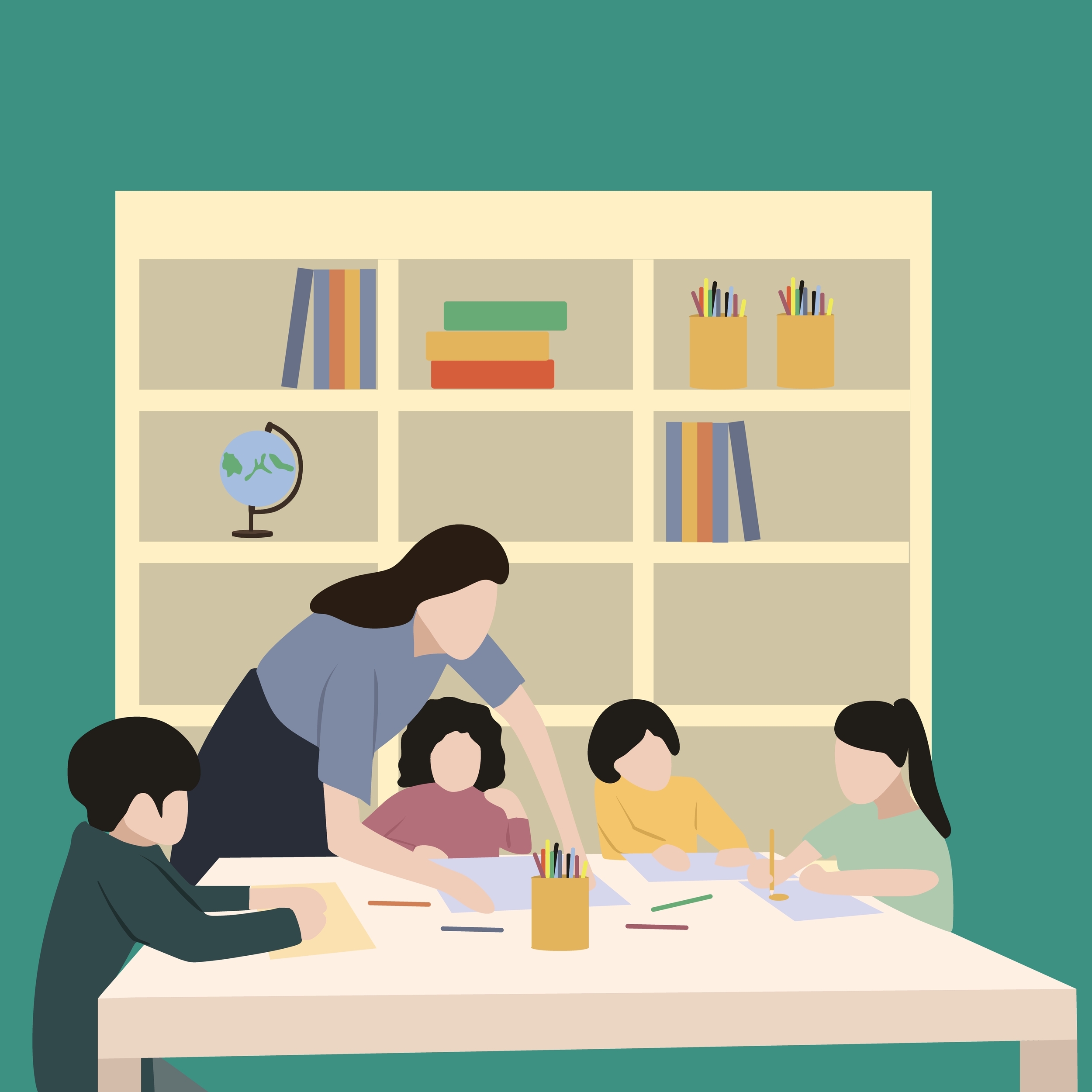


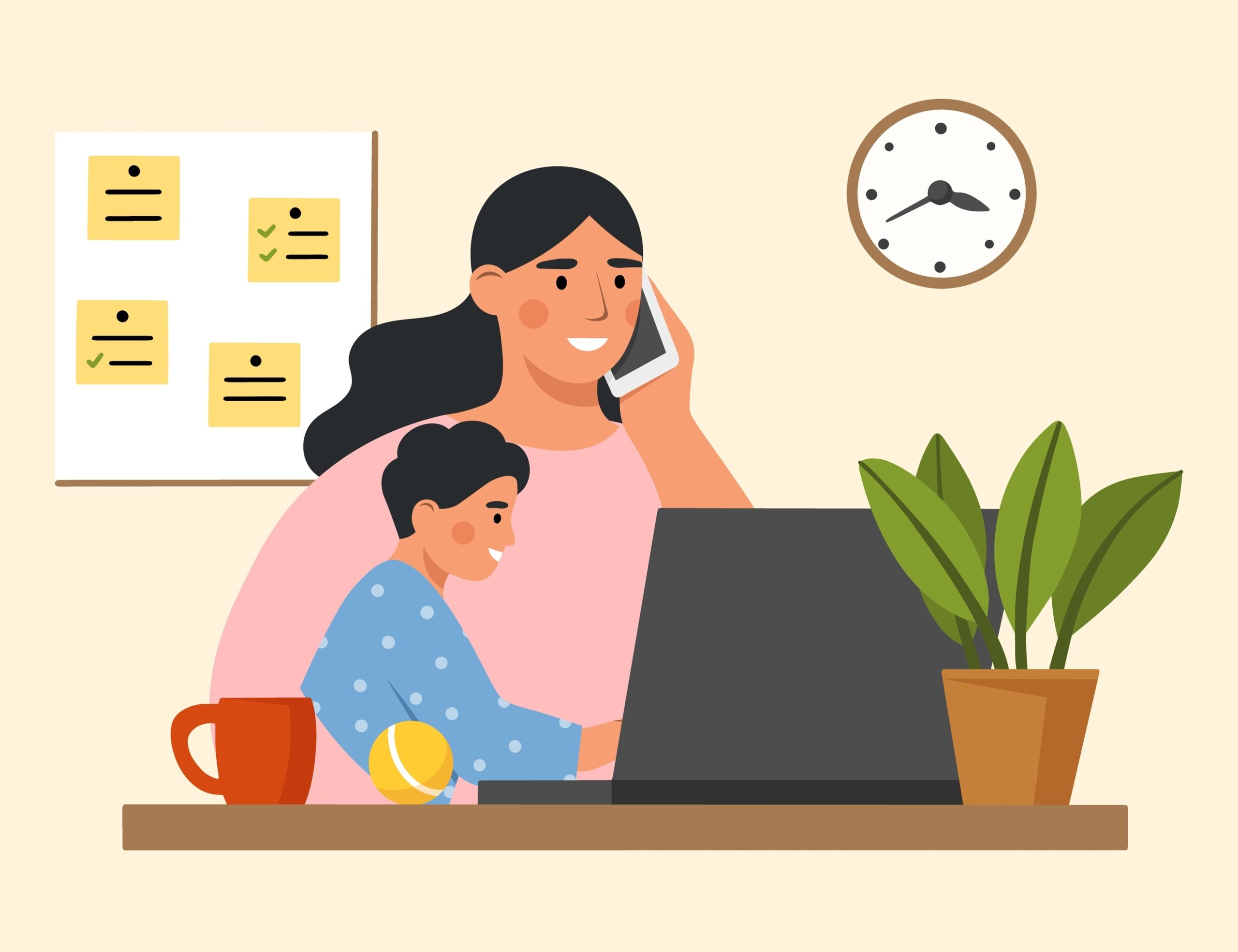


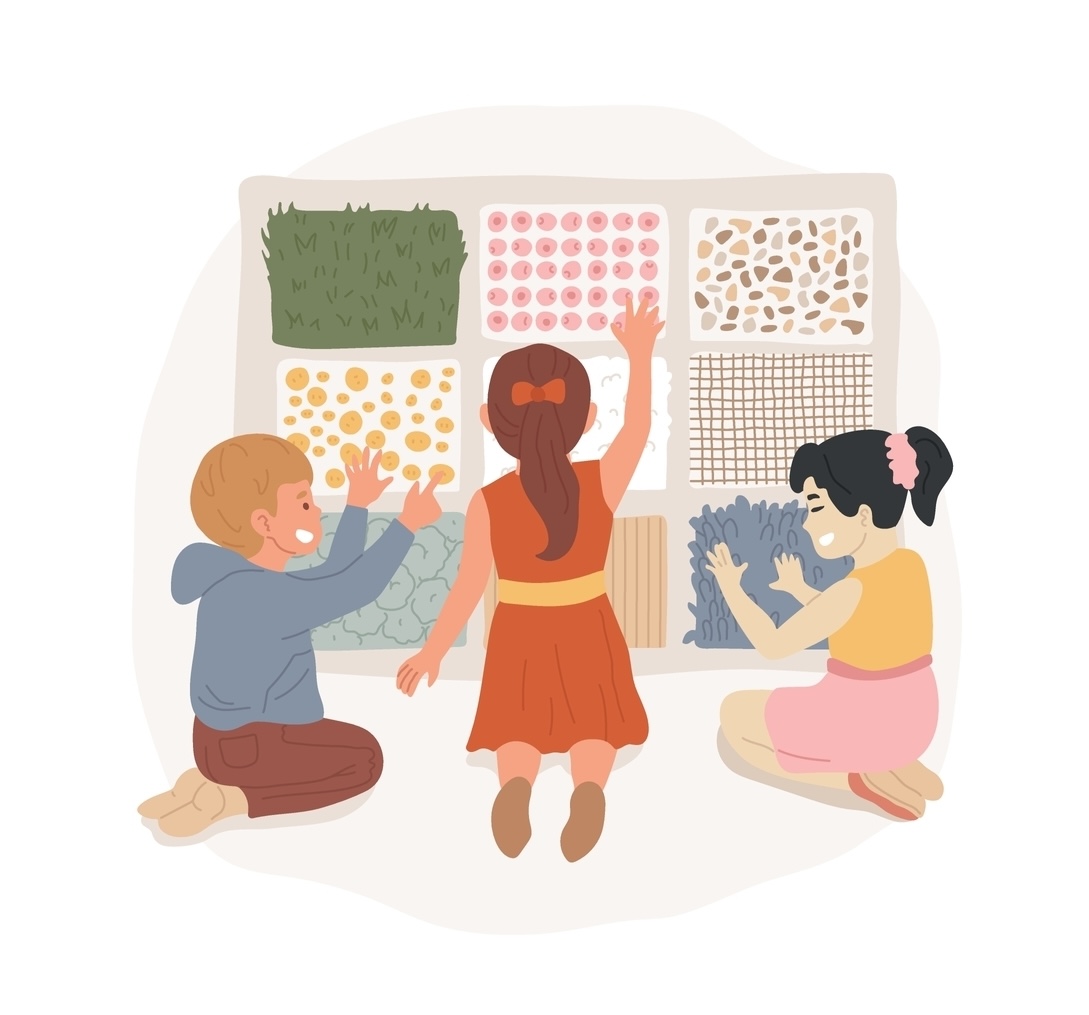


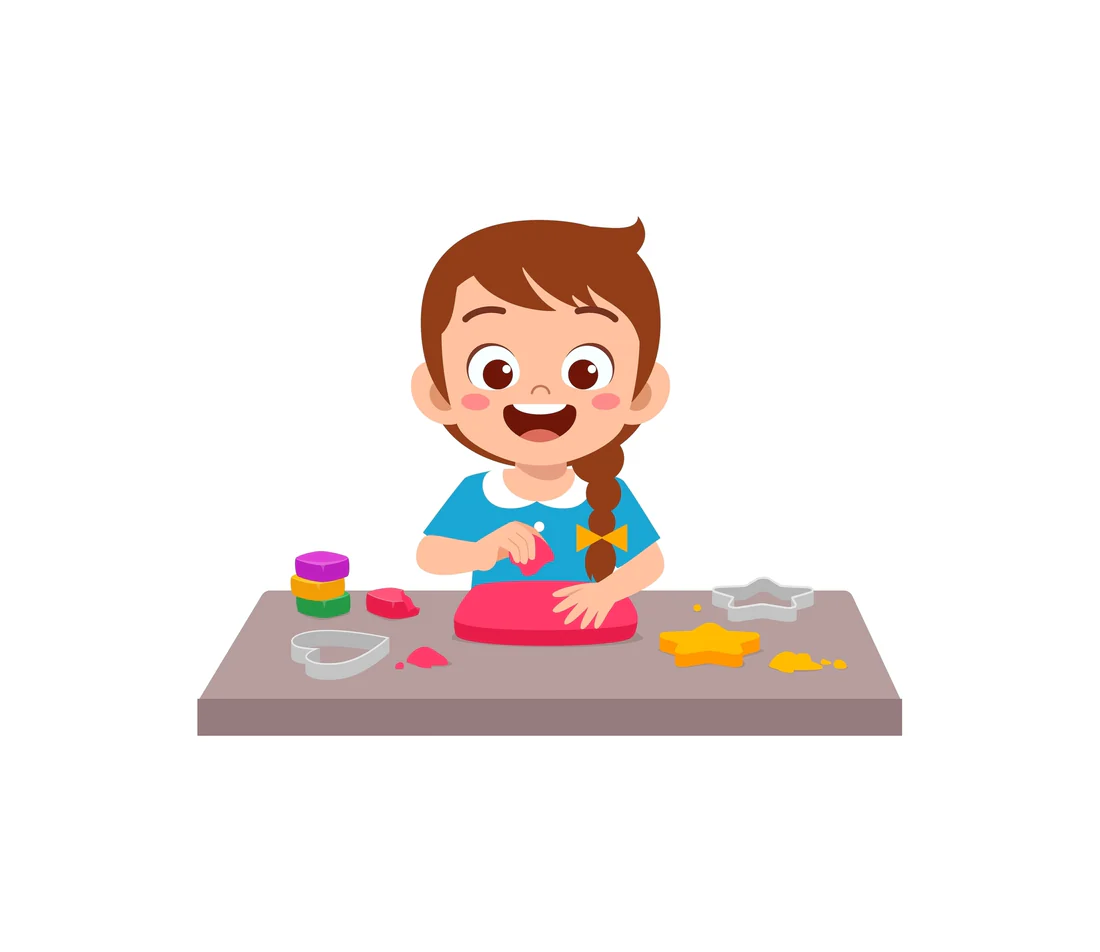
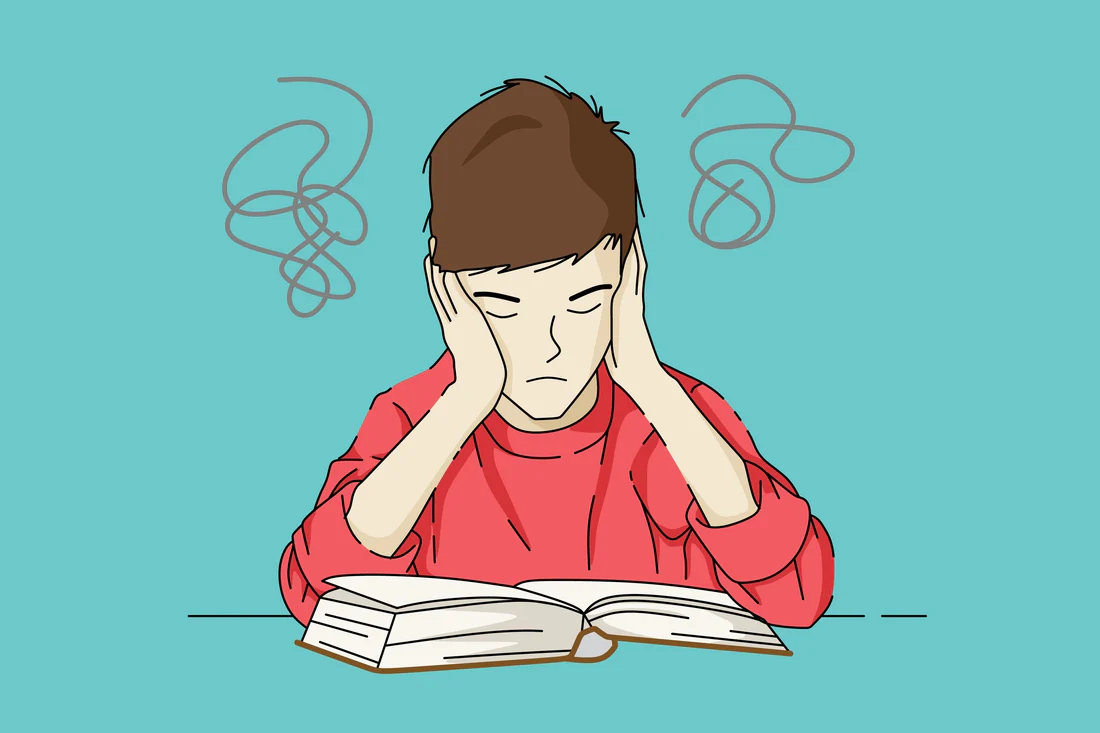
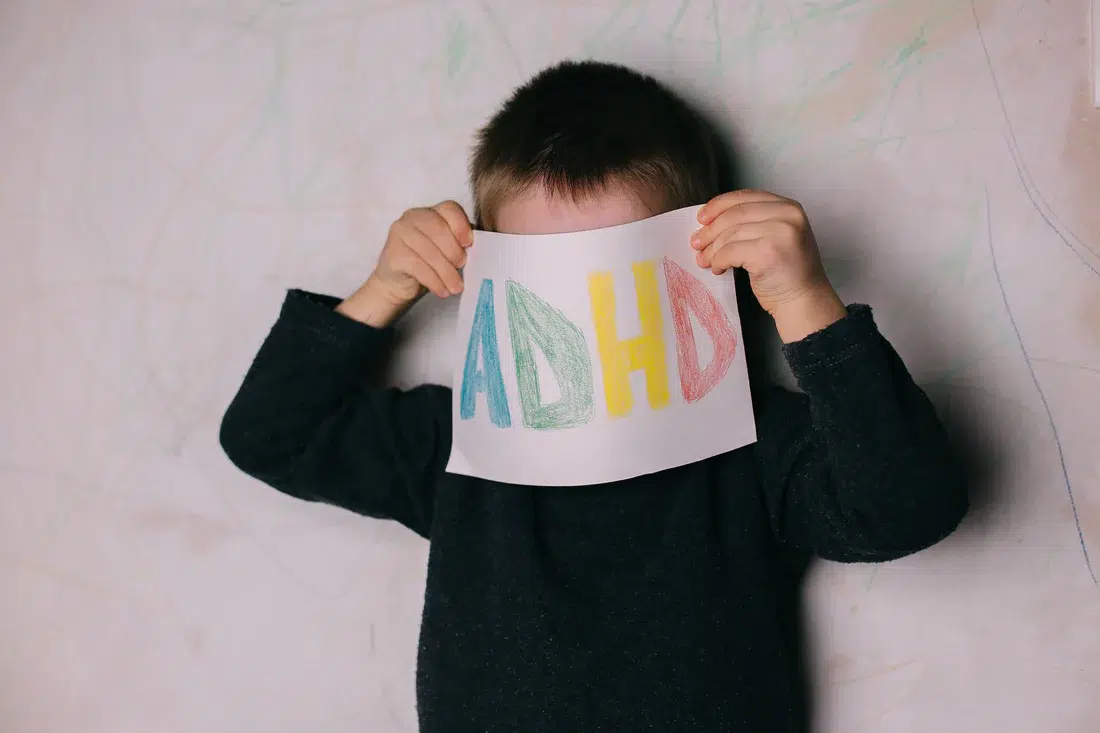


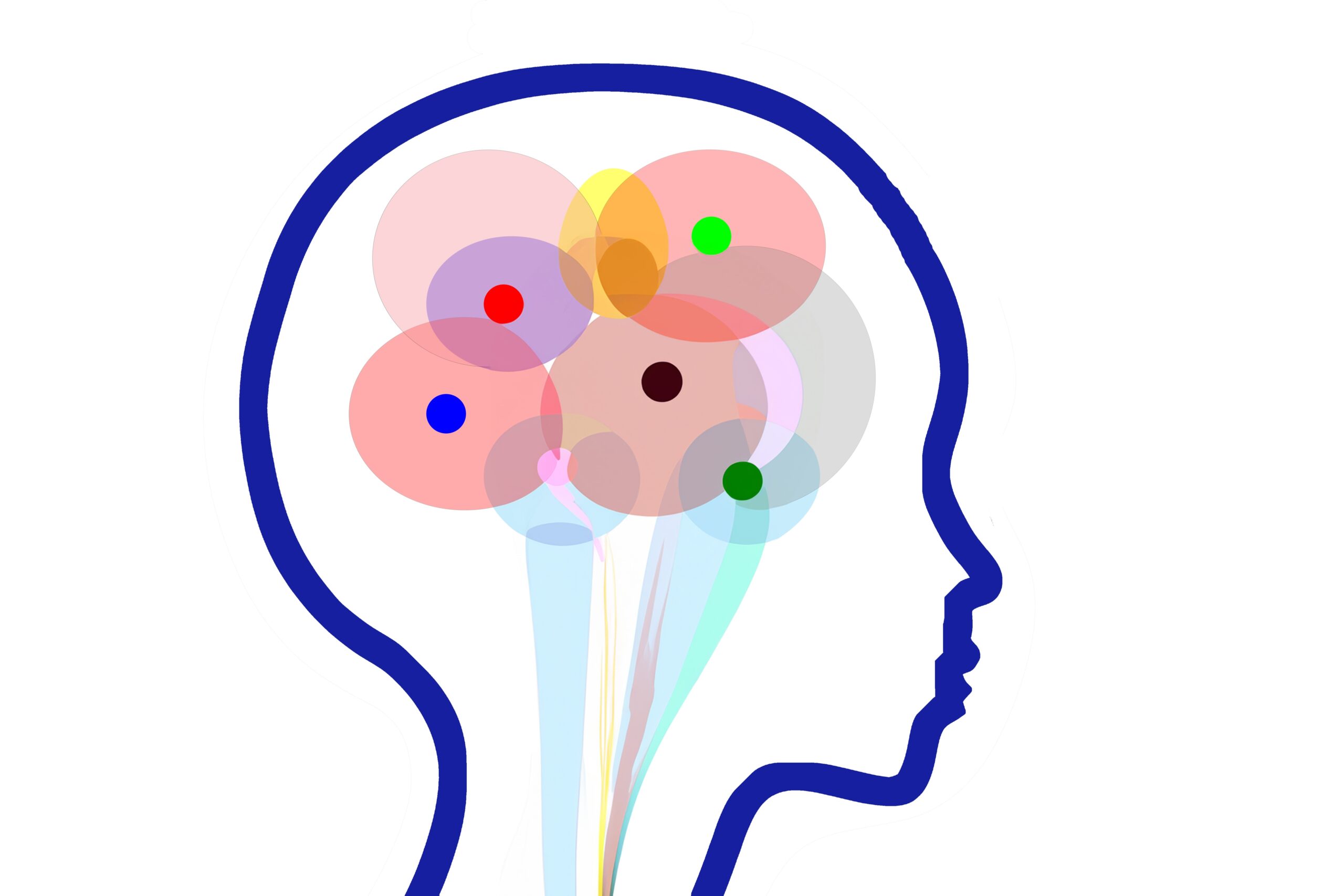
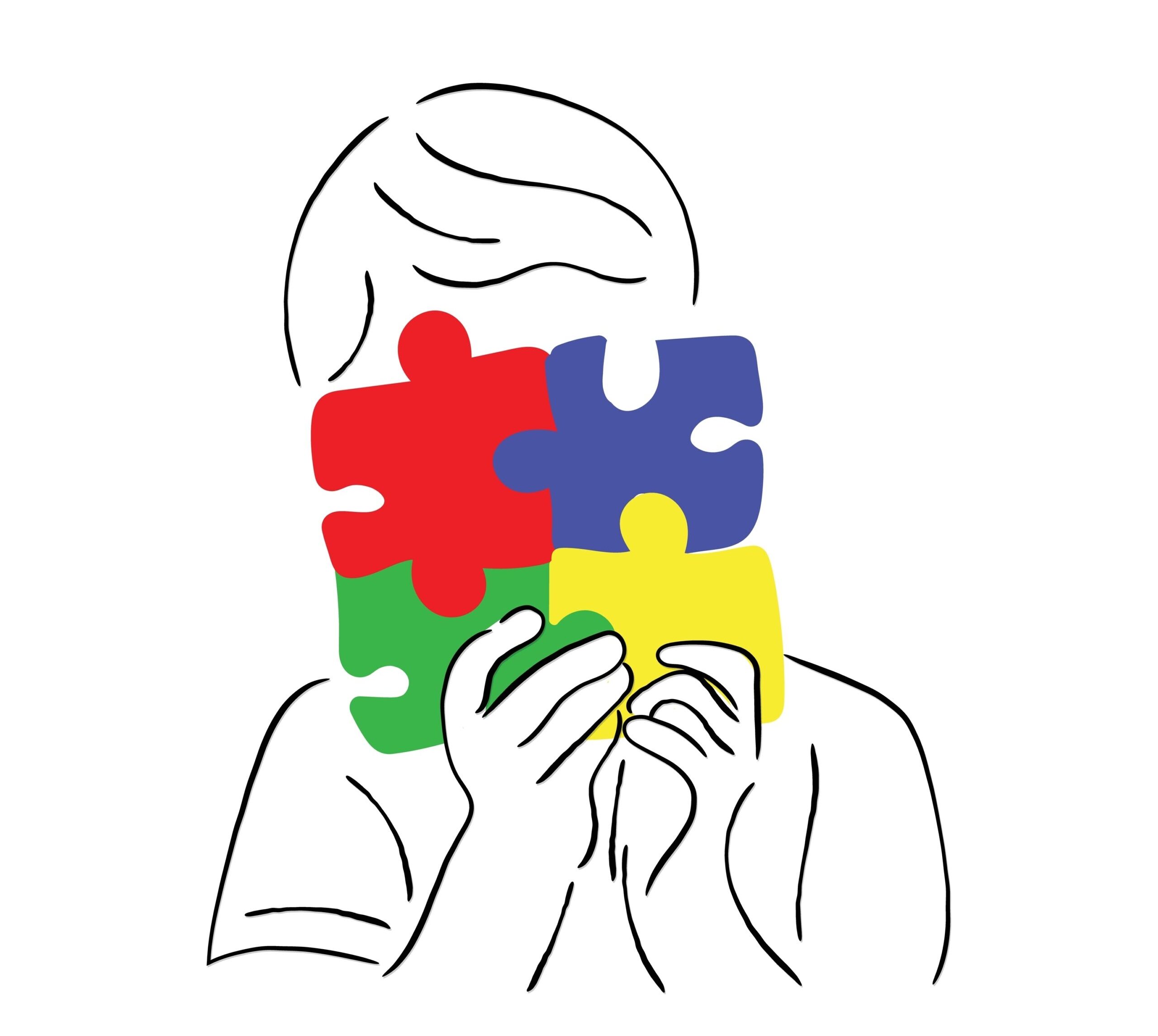
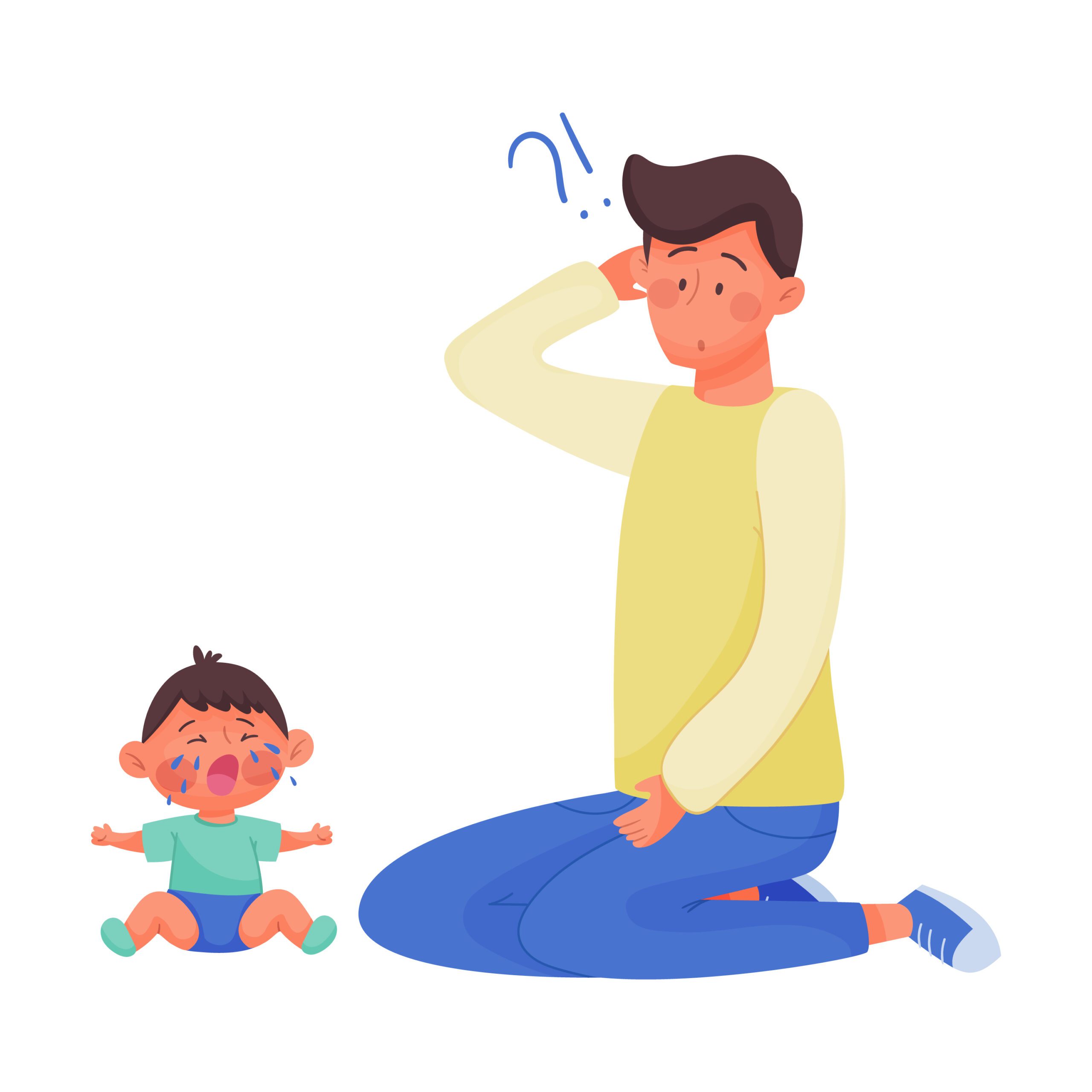

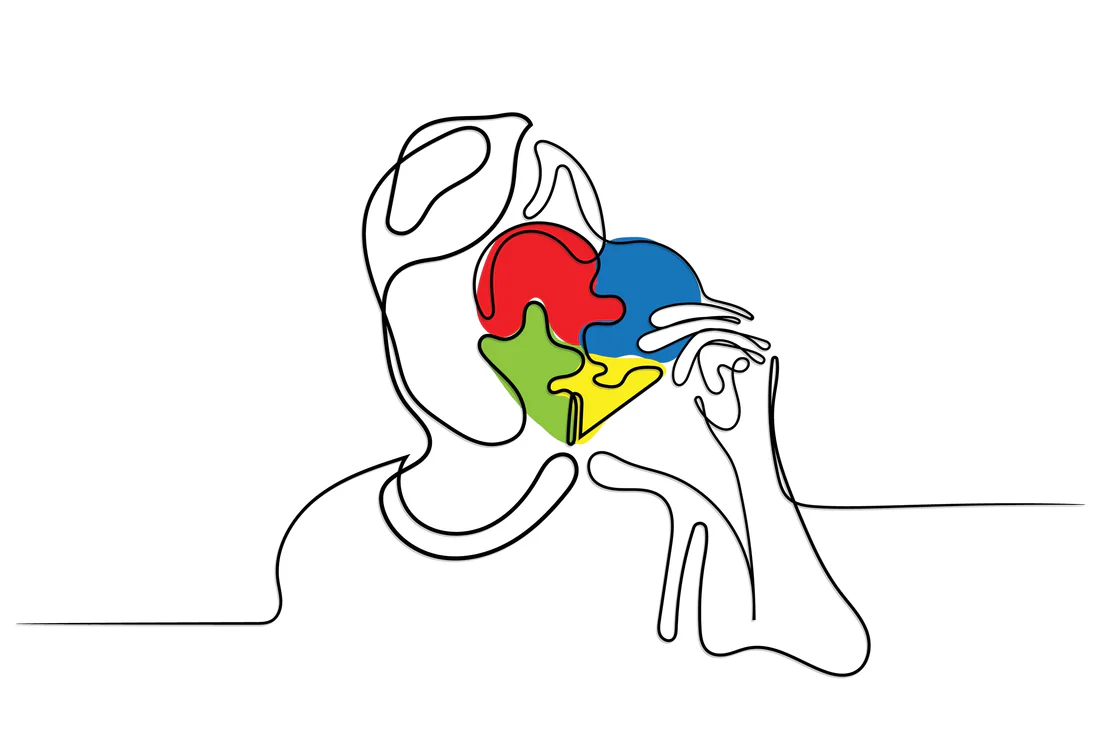










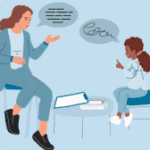 Speech Therapy
Speech Therapy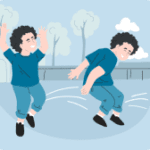 Physical Therapy
Physical Therapy Occupational Therapy
Occupational Therapy



